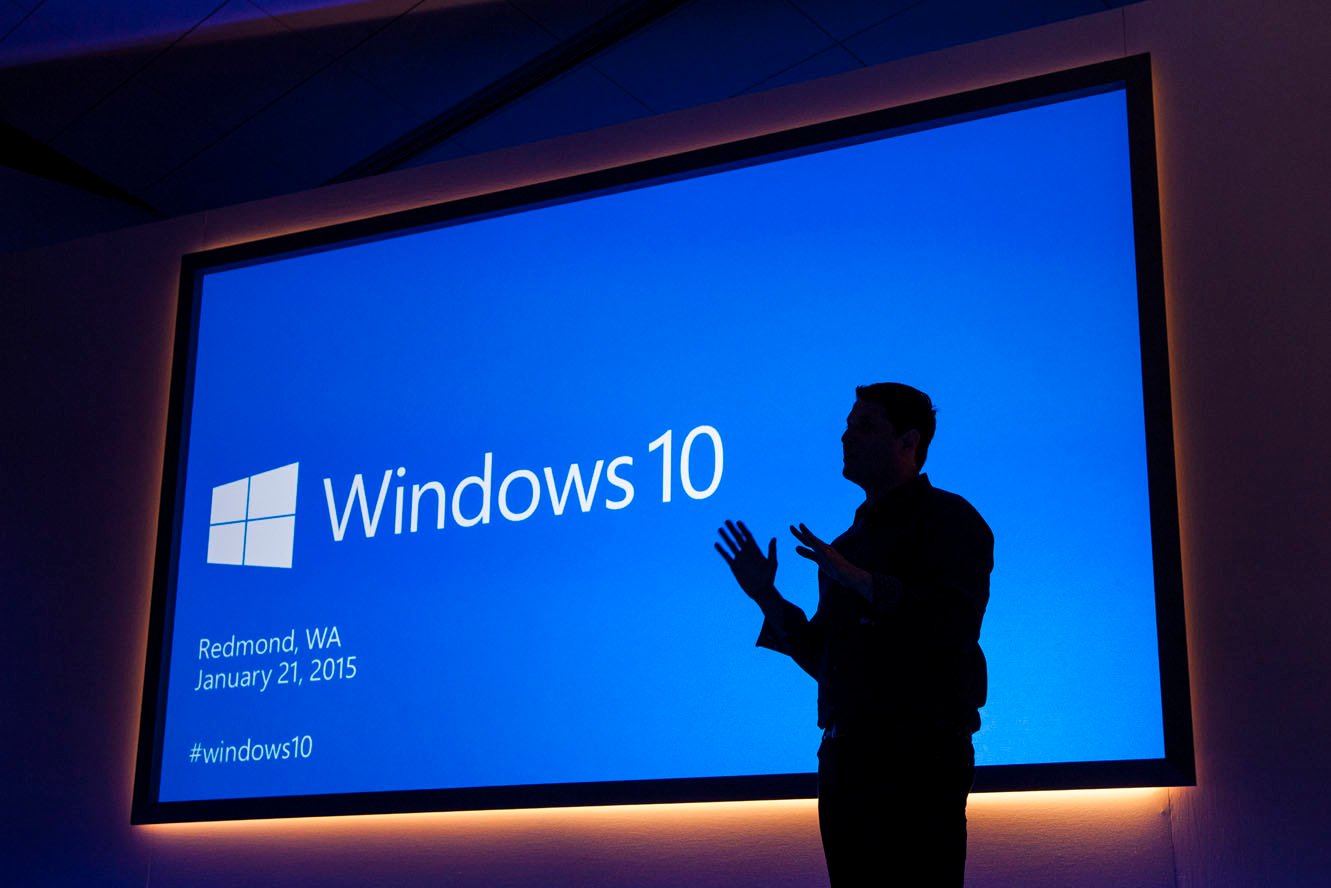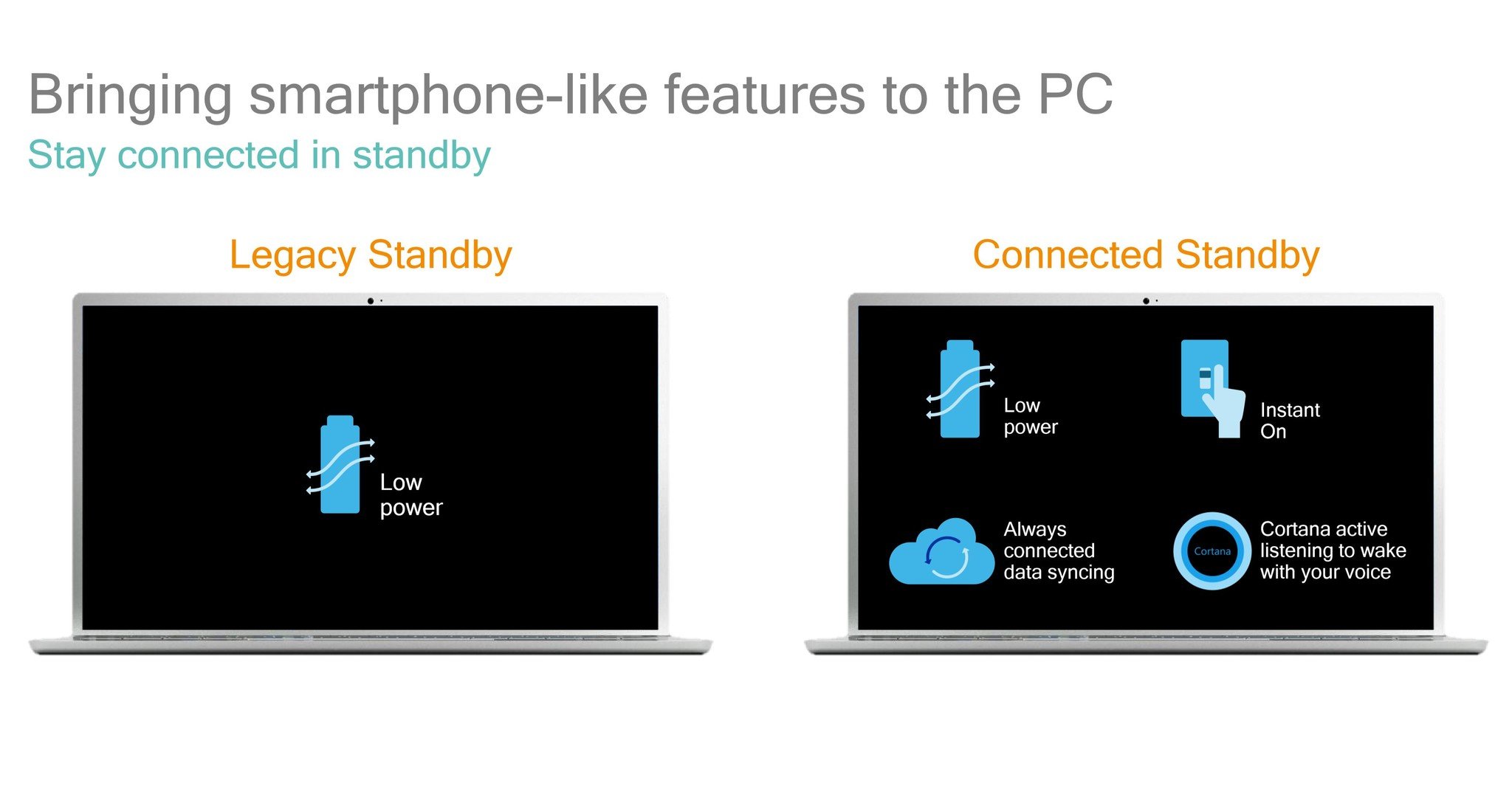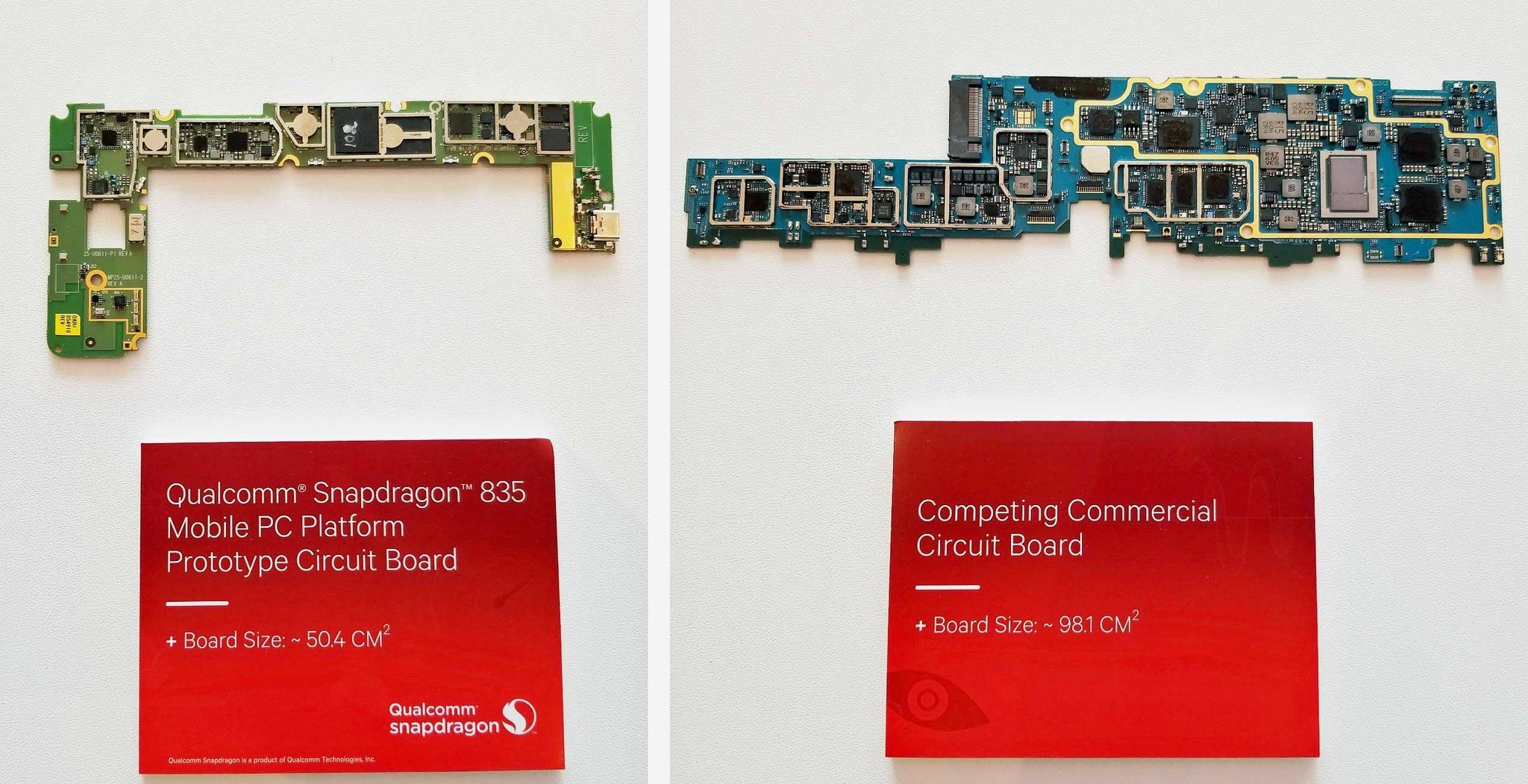HP, Lenovo and ASUS aim to release first Snapdragon 835 Windows 10 PCs
ASUS, Lenovo, and HP want to be the first companies to release "cellular PCs" later this year.

Microsoft and Qualcomm just announced at Computex that Lenovo, HP, and ASUS are expected to be the first companies with devices that feature the Snapdragon 835. Powered by Windows 10 on ARM, the ultra-thin and always-connected devices are said to usher in a new era of mobile computing.
Dawn of the cellular PC revolution?
The Qualcomm Snapdragon 835, when combined with the X16 LTE modem and Windows 10, allows PC makers to create new devices with reportedly outstanding battery life, instant-on abilities, and smaller form factors.
Speaking about the motivation behind the collaboration, Cristiano Amon, executive vice president of Qualcomm Technologies, said:
The legacy computing model no longer works for today's consumers, who don't want heavy, tethered-to-a-power-cable laptops with a frustrating number of accessories. With compatibility for the Windows 10 ecosystem, the Snapdragon Mobile PC Platform will enable Windows 10 hardware makers to develop next-generation device form factors and deliver unparalleled anytime, anywhere creation experiences with up to gigabit-class LTE connectivity.
The X16 LTE modem is expected to let ultra-mobile PCs hit 1Gbps download speeds over next-generation cellular networks, which are now in planning stages across some markets. The new "hypermobile" devices will also have 2x2 802.11ac MU-MIMO for optimal connectivity.
And the combination of an ARM processor and Windows 10 should allow for the following computing advancements when compared to regular x86 laptops:
- four to five times longer standby abilities.
- Up to 50 percent better battery life.
- Up to Gigabit LTE.
There's no word on specific pricing, availability, or even designs yet. However, Qualcomm confirmed in a recent earnings call that the fourth calendar quarter of 2017 was the expected arrival of cellular PCs.
What this all means
Windows 10 on ARM was announced at WinHEC in December 2016. The surprise proclamation is the shift of the full desktop Windows 10 OS to the ARM architecture – which currently powers smartphones – instead of Intel x86.
Get the Windows Central Newsletter
All the latest news, reviews, and guides for Windows and Xbox diehards.

The merger of cellular mobile devices with the power of Windows 10, inking, Universal Windows Platform (UWP) for apps, Windows Hello, and Cortana for AI could easily rival any smartphone in 2017. The big push, of course, is the ability to run full desktop-class applications including Adobe Photoshop and Microsoft Office.
New devices from HP, Lenovo, and ASUS could range from very thin and light laptops to devices that blur phones and PCs. Considering that the new Qualcomm boards are around 50 percent smaller than current Intel ones, original equipment manufacturers (OEMs) will have more freedom for category creation and differentiation.

The ability to have all-day battery life, instant-on capabilities and always-connected cellular modems mean consumers can bring the full power of Windows 10 wherever they go. Recent innovations in 2-in-1 hardware, digital inking, and apps that run on all Windows devices could result in Microsoft's resurgence in the mobile space, just not quite in the way of the current hardware paradigm.
Windows 10 on ARM: Microsoft's ultimate mobile device vision comes into focus
Lots of questions remain about OS and app performance, along with Qualcomm's battery claims, but Windows 10 and Snapdragon processors could signal the shift Microsoft needs.
Either way, the cellular PC revolution is about to begin, making 2017 an interesting year.

Daniel Rubino is the Editor-in-chief of Windows Central. He is also the head reviewer, podcast co-host, and analyst. He has been covering Microsoft since 2007 when this site was called WMExperts (and later Windows Phone Central). His interests include Windows, laptops, next-gen computing, and wearable tech. He has reviewed laptops for over 10 years and is particularly fond of 2-in-1 convertibles, Arm64 processors, new form factors, and thin-and-light PCs. Before all this tech stuff, he worked on a Ph.D. in linguistics, performed polysomnographs in NYC, and was a motion-picture operator for 17 years.
